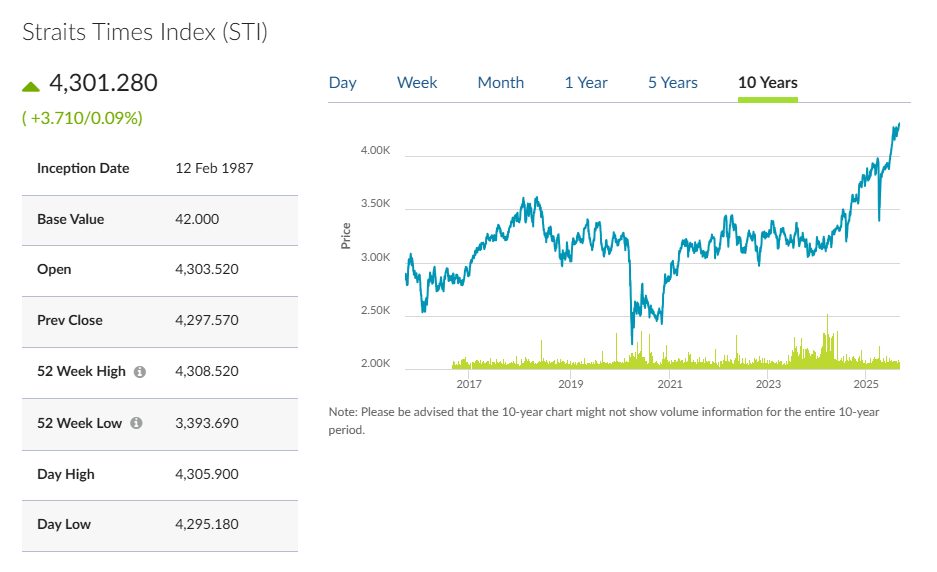Samudera - Q1 2021 update
- Squirrel
- May 6, 2021
- 3 min read
Ever since the SGX adopted a risk-based approach to quarterly reporting, most companies are only required to make semi annual reporting with the emphasis on timely disclosure of material information. What this means for Samudera Shipping Line Ltd is that we no longer have an insight into its Q1 2021 results… or do we?

Q1 2021
There is a way of indirectly having a preview of what Q1 2021 looks like, and that is via Samudera Shipping Line Ltd’s (“SSL”) parent company, PT Samudera Indonesia Tbk (“SI”). The parent company is currently listed on the Indonesia Stock Exchange, which requires quarterly financial reporting, and PT Samudera Indonesia Tbk has just posted its Q1 2021 results over the weekend.
Firstly, lets clarify on the ownership. SI owns 65.14% of SSL as per reflected in the financial statements.

In the Q1 FS, the segmental breakdown is provided as shown below. I believe a large part of the shipping and agency segment is made up of contributions from SSL even though the exact breakdown for SSL into the various segments is unclear.

If we look at the segment profit in 1H2020 and FY2020, we can establish a baseline that circa US$8.16mn per year of gross profit in shipping and agency segment is derived from sources other than SSL.
SSL gross profit 1H2020

SI segment information 1H2020

SSL gross profit FY2020

SI segment information FY2020

Extrapolating that to Q1 2021, if we exclude circa US$2.04mn of profit from shipping and agency segment, we will derive US$21.9mn of gross profit from SSL. However due to the complexity of the structure of companies in the group, it would be good to be able to cross check against other numbers in the statement to make sure this assumption is about right. This is where non-controlling interests (“NCI”) comes in. The list below are details of the net assets of consolidated subsidiaries with SSL taking up the bulk of the NCI. The move in NCI for SSL is circa +US$7.6mn from Dec 2020 to Mar 2021.

The breakdown in the movements show that majority of this comes from profit over the first quarter of 2021 at US$7.5mn.

Since NCI of SSL is at 34.86%, we can reverse out the NCI (US$7.5mn / 0.3486) to arrive at circa US$21.5mn gross profit for Q1 2021 for the whole of SSL. Expense averaged US$12.7mn over the last 2 years (excluding other expenses largely made up of one-time expenses, such as writing down value of assets).

A quarter of expenses would be roughly US$3.2mn. Assuming a tax rate of 5% (corporate tax rate is 17% but there are some tax exemptions that the firm can rely on that drops the effective rate to around 5% in the last 4 years), we will arrive at net profit of (US$21.5mn - US$3.2mn) * 0.95 = US$17.4mn in profits! That is about SGD 23.1mn (S$0.043 per share) on a quarterly basis! Exceeding profit made for the whole of FY2020!
Would this count as a positive surprise? The general Indonesia investing public definitely thinks so. SI shares have gone up 55% (from IDR292 to IDR454) on the Indonesia Stock Exchange since the results were announced on 1st May 2021 while the Singapore listed SSL remains relatively unchanged.

Source: Yahoo Finance
If this increased freight rate drags out, SSL is effectively raking in 1.4 SGD cents per share a month riding on this high. Going into May, the high freight rate persists. Even though revenue stays relatively unchanged (I deduce that this is due to reduced India revenues from the Covid outbreak and the continuing shift from CY to FIO as per mentioned in FY2020 AR balancing out increases due to higher freight rates), the higher profit margin is effectively churning out cash for SSL for their next phase in building out dry bulk and tanker business. The extra cash would also likely result in special dividends and likely buybacks.
Conclusion
Since my target price is based on book value (S$0.49 as of prior post based on FY2020), the TP is riding higher every day with the booming shipping business with an increased TP to S$0.533 as of Mar 2021 based on calculations above.
Investors in other shipping companies seem to think likewise as reflected by the improving share prices to the likes of Yang Ming Marine Transport, Wan Hai Lines Ltd, Evergreen Marine Corp, Cosco Shipping and Maersk etc since the last post. SSL has the strongest balance sheet amongst these shipping companies.
There are uncertainties in the deductions mentioned above, especially since SSL has not made disclosures / profit guidance so far. If there are any parts that I have missed or misunderstood, please point it out as this would be a meaningful academic exercise.
Disclaimer: All posts on The Squirrel's Drey are for informational and discussion purposes only. This is not a recommendation to buy or sell securities discussed. Please do your own due diligence before investing.




Hi Squirrel, thank you for your analysis. I made me take a hard look at the numbers and I do think your numbers is sound. Shipping and agency contains the segment of Bulk, and also chartering beyond that of SSL. But looking at the AR of SI, it these 2-3 sub segments makes up only 10% of the revenue, and hence it is coherent. Further taking into account your reverse check of non-controlling stake, I can't find holes to poke.
Thank you for sharing. Don't find, if you can share with me the sites where you monitor the freight rates?